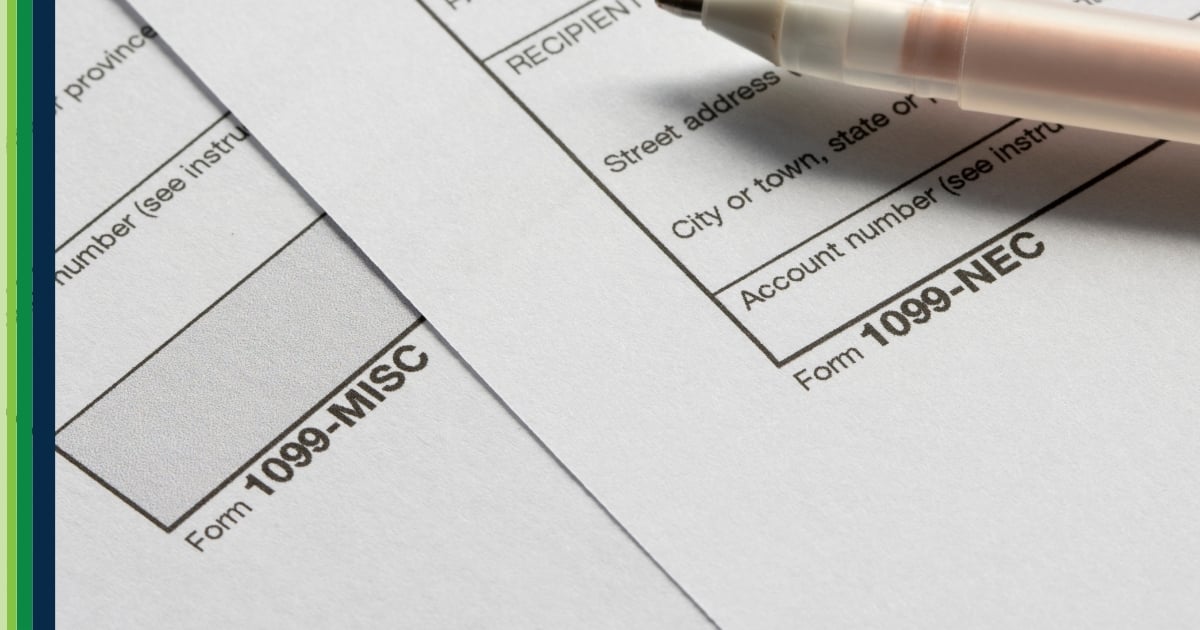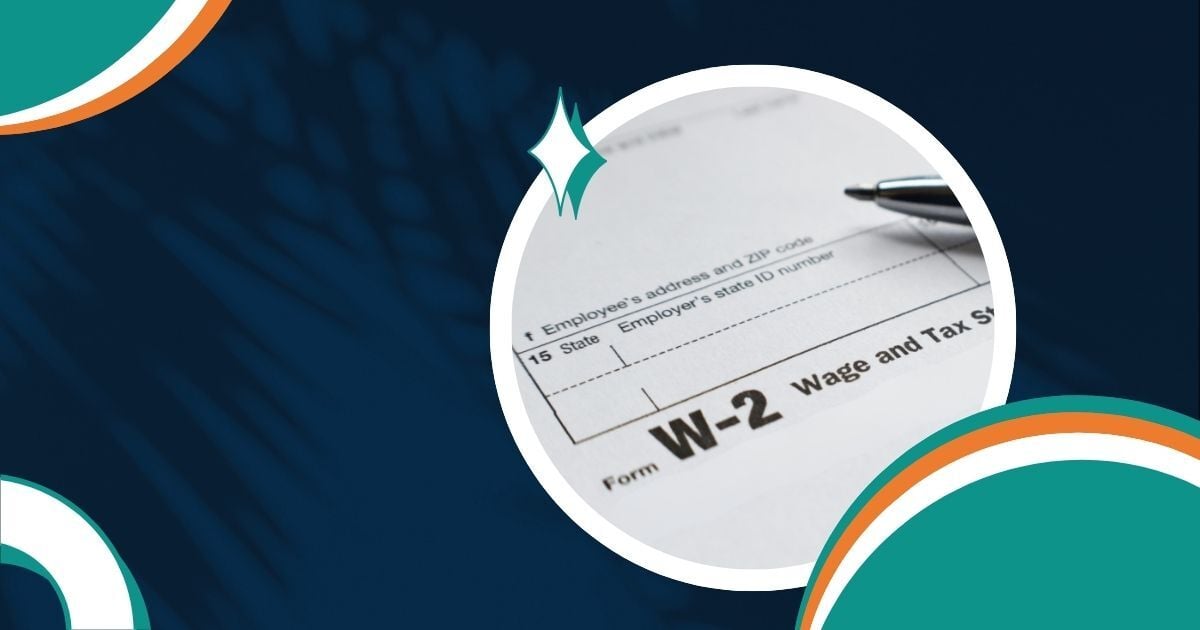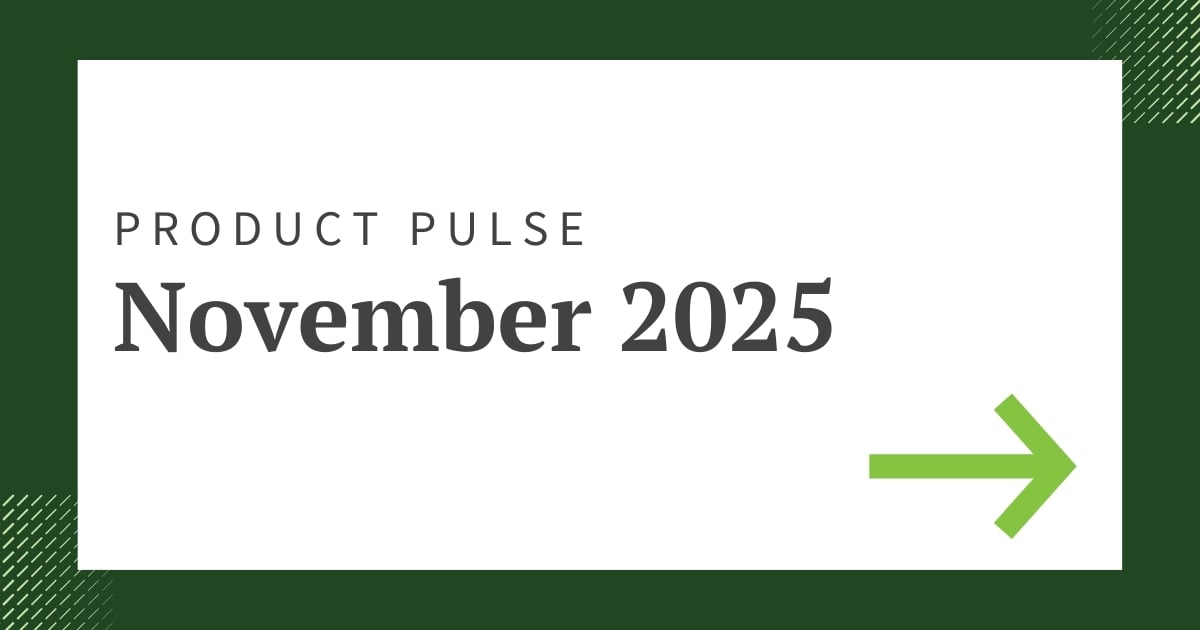3. How W-2s Must Be Distributed in 2025
To Employees
W-2s must be mailed to employees unless they choose electronic delivery. Many employers use secure portals or self-service platforms, but you need clear employee consent for electronic forms. Regardless of how you deliver W-2s, ensure they are sent or made available by the February 2, 2026, deadline. Remind employees early about electronic options to increase adoption and avoid postal delays. (Furnishing Form W-2 to Employees)
To the Social Security Administration (SSA)
Alongside distributing to employees, you must submit a copy of each W-2 to the SSA. Most employers are now required to file electronically. If your business files 10 or more W-2s, you must file electronically using the SSA’s Business Services Online (BSO) portal. Electronic filing is faster, more secure, and reduces errors, but you need to register and get credentials in advance. Plan ahead so you are ready before the deadline. (Form W-2 E-Filing Requirements)
4. Understanding W-2 Form Boxes
The W-2 form is more than a summary. Each box must show accurate wage, tax, and benefit information. Here is a quick reference to the most important boxes:
- Box 1: Wages, Tips, Other Compensation – Shows total taxable wages for federal income tax purposes.
- Box 2: Federal Income Tax Withheld – Includes all federal withholding for the year.
- Box 3: Social Security Wages – Capped at $176,100 for 2025. Amounts above this are not subject to Social Security tax.
- Box 4: Social Security Tax Withheld – Calculated based on Box 3.
- Box 5: Medicare Wages and Tips – No cap. Includes all taxable earnings subject to Medicare tax.
- Box 6: Medicare Tax Withheld – Includes both standard and, if applicable, Additional Medicare Tax for high earners.
- Boxes 12 and 14: Special Codes and Benefits – These include but are not limited to 401(k), 403(b), SARSEP, and 457(b) elective deferral (Codes D, E, F, S), SIMPLE IRA deferral, amongst others.
(Full Instructions for Form W-2)
Why this matters: Mistakes in any box can trigger IRS notices for both you and your employees. Make sure your payroll system is updated for 2025 and that all limits and codes are correct. If you are unsure, check the latest IRS instructions or ask your payroll provider.
5. Need More Time? Use the Correct Extension Forms
If you need more time to give W-2s to employees, submit IRS Form 15397 before the original deadline. The IRS only grants extensions for extraordinary circumstances, such as natural disasters or major business disruptions. Make sure the form is filled out accurately. (About Form 15397)
To request more time for filing W-2s with the SSA, use IRS Form 8809. File as early as possible. Extensions are not automatic and you must have a valid, documented reason. Keep records of your request and any correspondence for your compliance files. (About Form 8809)
Why W-2 Form Accuracy and Timeliness Matter in 2025
When forms are prepared correctly and delivered on time, employees can file their taxes without delays, your business avoids unnecessary corrections, and year-end closes out with confidence. By focusing on precision and meeting deadlines, you not only stay compliant but also demonstrate care for your workforce and set the stage for a stress-free start to the new year.
Start your year-end planning now to give your team a confident, compliant W-2 season. And if you’d like support along the way, our team is here to make the process simpler every step of the way.


























.jpg)

